During World War Two, there were so many battles and small confrontations that took place between the Allies and the Axis countries. Only those which were huge in scale or strategically significant have been remembered by the masses.
Here are 6 of the little known but often decisive battles that shaped the course of the Second World War.
Battle of The Hague (Netherlands) – 1940
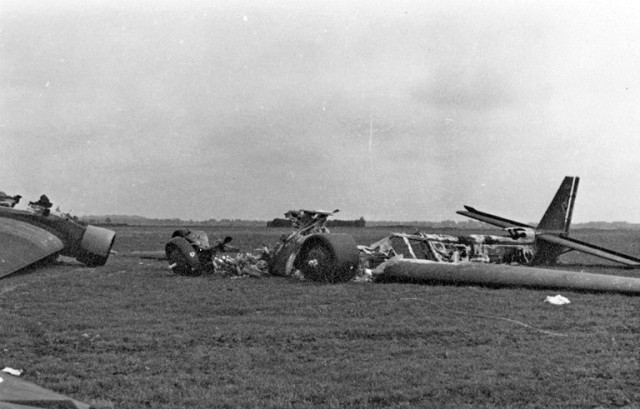
German paratroopers dropped in and around The Hague in order to capture Dutch airfields and the city. After taking the city, the plan was to force the Dutch queen Wilhelmina (who lived in The Hague) of the Netherlands to surrender and to thus defeat the Kingdom of the Netherlands within a single day. The operation failed to capture the Queen, and the German forces failed to hold on to the airfields after Dutch counterattacks. The main body of surviving troops retreated toward the nearby dunes where they were continually pursued and harassed by Dutch troops until the Dutch supreme command, due to major setbacks on other fronts, surrendered five days later.
The Nazis lost around 125 aircraft in the attempt as Dutch forces fought back and shot down their transport planes. This greatly affected the Nazis’ air power throughout the rest of the war. (Listverse)
Siege of Lille (France) – 1940
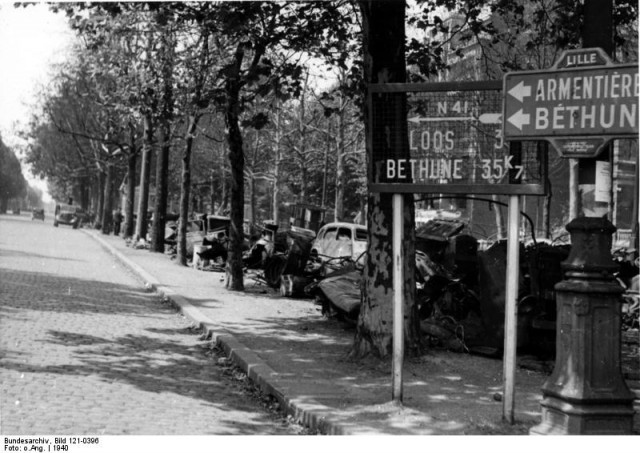
Before the evacuation of Allied troops at Dunkirk, 40,000 French troops became stuck in Lille and were surrounded by the 7 German divisions, including 3 armored. They held off the Germans for five days, during which time more than quarter of a million troops were evacuated via Dunkirk.
Battle for Crete – 1941
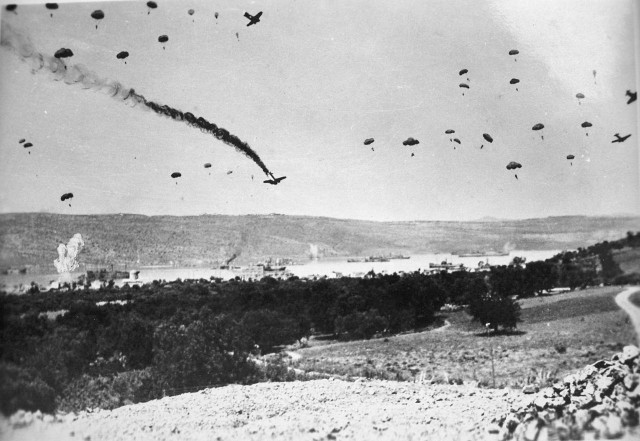
The Battle of Crete was fought on the Greek island of Crete. It began on the morning of 20 May 1941, when Nazi Germany launched an airborne invasion of Crete . Greek and Allied forces, along with Cretan civilians, defended the island.
After one day of fighting, the Germans had suffered very heavy casualties and the Allied troops were confident that they would prevail against the German invasion. The next day, through miscommunication and the failure of Allied commanders to grasp the situation, Maleme airfield in western Crete fell to the Germans, enabling them to fly in reinforcements and overwhelm the defenders. The battle lasted about 10 days.
Because of the heavy casualties suffered by the paratroopers, Adolf Hitler forbade further large-scale airborne operations. However, the Allies were impressed by the potential of paratroopers and started to build their own airborne formations.
Operation Iskra (Russia) – 1943
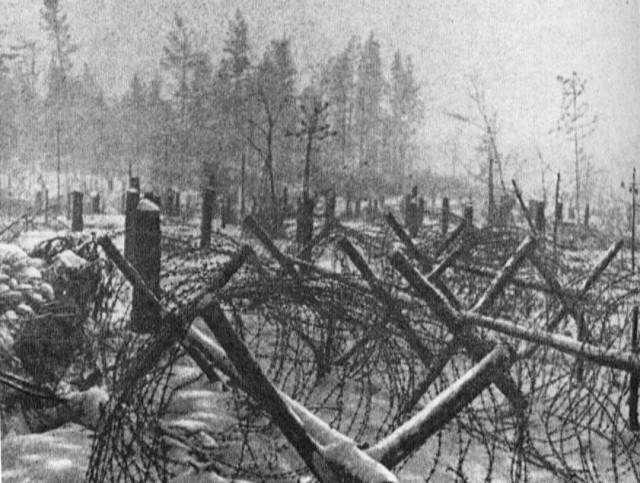
Operation Iskra was a Soviet military operation, designed to break the German Wehrmacht’s Siege of Leningrad.
The operation was conducted by the Red Army’s Leningrad and Volkhov Fronts, and the Baltic Fleet during January 12–30, 1943 with the aim of creating a land connection to Leningrad. The Soviet forces linked up on January 18, and by January 22, the front line was stabilised.
The operation successfully opened a land corridor 8–10 kilometres wide to the city. A rail road was swiftly built through the corridor which allowed more supplies to reach the city than the Road of Life across the frozen surface of Lake Ladoga, significantly reducing the possibility of the capture of the city and a German-Finnish linkup.
Operation Dragoon (France) – 1944
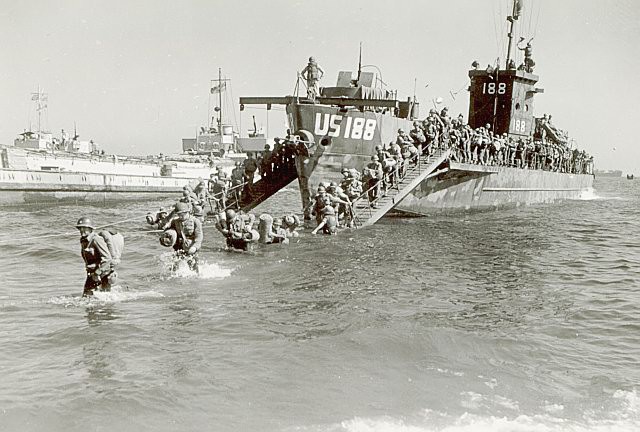
Operation Dragoon was the Allied invasion of southern France on 15 August 1944, during World War II. The invasion was initiated via a parachute drop by the 1st Airborne Task Force, followed by an amphibious assault by elements of the United States Seventh Army, followed a day later by a force made up primarily of the French First Army.
The landing caused the German Army Group G to abandon southern France and to retreat under constant Allied attacks to the Vosges Mountains. Despite being a large and complex military operation with a well-executed amphibious and airborne component, Operation Dragoon is not well known as it was overshadowed by the earlier and larger Operation Overlord, the invasion of Normandy two months earlier
Battle of The Scheldt (Netherlands) – 1944
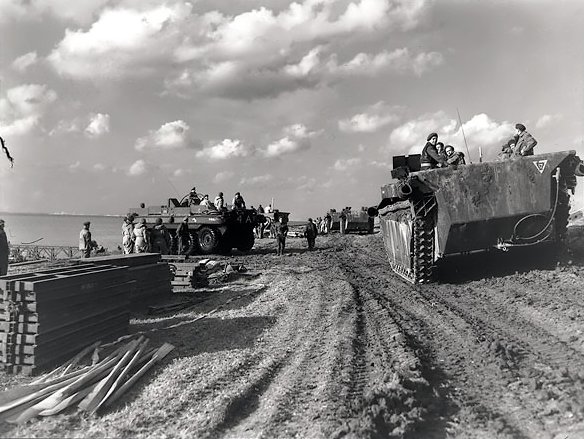
This was part of the recapturing of the Antwerp port in Belgium. It was a highly strategic port that would enable Allied ships and supplies to access and deliver to the German border area. The port was captured intact in September 1944 but the Scheldt estuary, leading to the port, was still firmly in German hands. Without the Scheldt estuary, the port could not be used.
Complicated by the waterlogged terrain, the Battle of the Scheldt proved to be a challenging campaign. It took five weeks of difficult fighting when the Canadian First Army — bolstered by attached troops from several other countries — was successful in clearing the Scheldt after numerous amphibious assaults, obstacle crossings, and costly assaults over open ground.